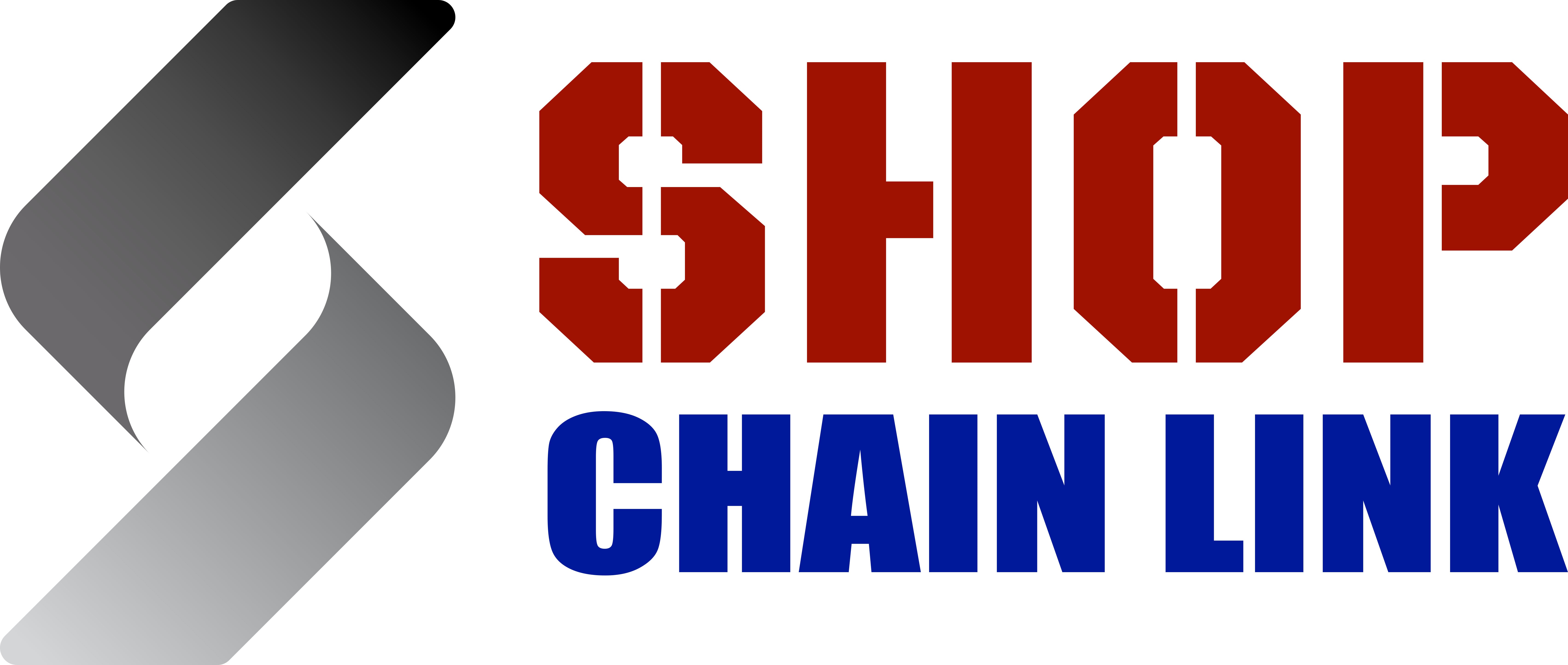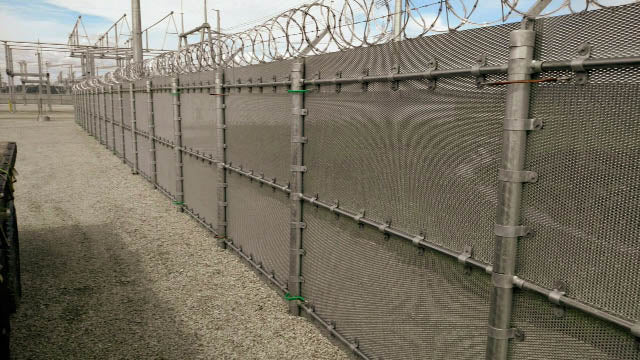Important Safety Notes When Installing Chain Link Fences
When installing chain link fence accessories like tension wire, barbed wire, razor wire, and other security measures, there are several common safety obstacles and challenges that you need to overcome. Here are some of the most important safety considerations:
- Sharp Edges and Points: Accessories like barbed wire and razor wire have sharp edges and points that can cause serious injuries. Always wear appropriate safety gloves, clothing, and eyewear to protect yourself from cuts and abrasions. Take extra care when handling and installing these accessories to avoid accidental contact.
- Working at Heights: Installing accessories like barbed wire and razor wire often involves working at heights, which can be hazardous. Use proper safety equipment such as harnesses, lanyards, and fall protection gear if needed. Ensure that ladders and platforms are stable and secure before climbing.
- Handling Heavy Materials: Some accessories, like tension wire and heavy gates, can be quite heavy to handle. Improper lifting techniques can lead to strains, sprains, and other injuries. Use proper lifting techniques, team lifting when necessary, and mechanical aids like dollies or carts to reduce the risk of injury.
- PPE (Personal Protective Equipment): Always wear appropriate personal protective equipment, including safety gloves, safety glasses, hard hats, and sturdy footwear. This equipment helps prevent injuries from flying debris, falling objects, and other potential hazards.
- Sharp Tools and Equipment: Fence installations often require the use of sharp tools such as wire cutters, pliers, and bolt cutters. Use these tools carefully and store them safely when not in use. Keep the work area organized to prevent tripping hazards.
- Fall Hazards: Whether you're working on ladders, platforms, or scaffolding, there's a risk of falling. Secure all equipment and ensure that work surfaces are clean and free of debris. If working on elevated surfaces, use appropriate fall protection equipment.
- Electrical Hazards: If your fence installation involves digging post holes or using machinery near utility lines, there's a risk of electrical shock. Always identify the location of underground utilities before digging and maintain a safe distance from power lines.
- Tool Maintenance: Dull or damaged tools can be more dangerous to work with and can lead to accidents. Keep your tools well-maintained and in good working condition. Replace damaged tools promptly.
- Weather Conditions: Adverse weather conditions such as rain, wind, or extreme temperatures can affect your safety while working on fence installations. Take precautions to stay hydrated, protected from the elements, and avoid working during severe weather conditions.
- Communication and Teamwork: If you're working as part of a team, clear communication is essential. Make sure everyone understands their roles and responsibilities, and establish proper communication protocols to prevent misunderstandings and accidents.
- Training and Experience: Proper training and experience in fence installation techniques are crucial for safety. If you're not familiar with the installation process or specific accessories, consider seeking guidance from professionals or undergoing training before proceeding.
- Local Regulations: Always be aware of local building codes, regulations, and safety standards that pertain to fence installations and security accessories. Non-compliance could lead to unsafe installations and potential legal issues.
To ensure a safe and successful fence installation, prioritize safety at every step of the process. If you're unsure about any aspect of the installation or if you're dealing with complex security accessories, consider hiring professionals who have the expertise and experience to carry out the work safely.
VIEW OUR CHAIN LINK PRODUCTS

